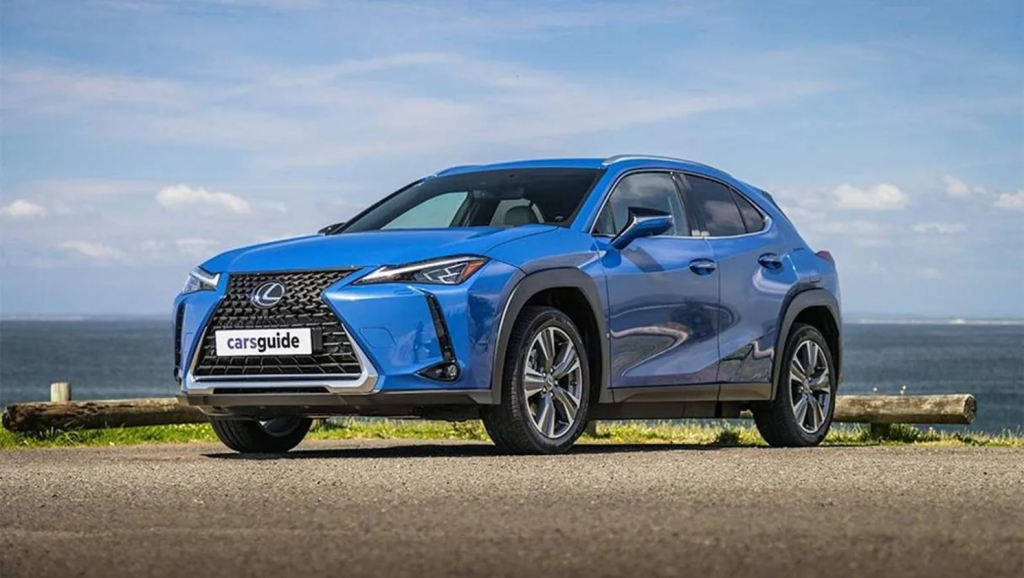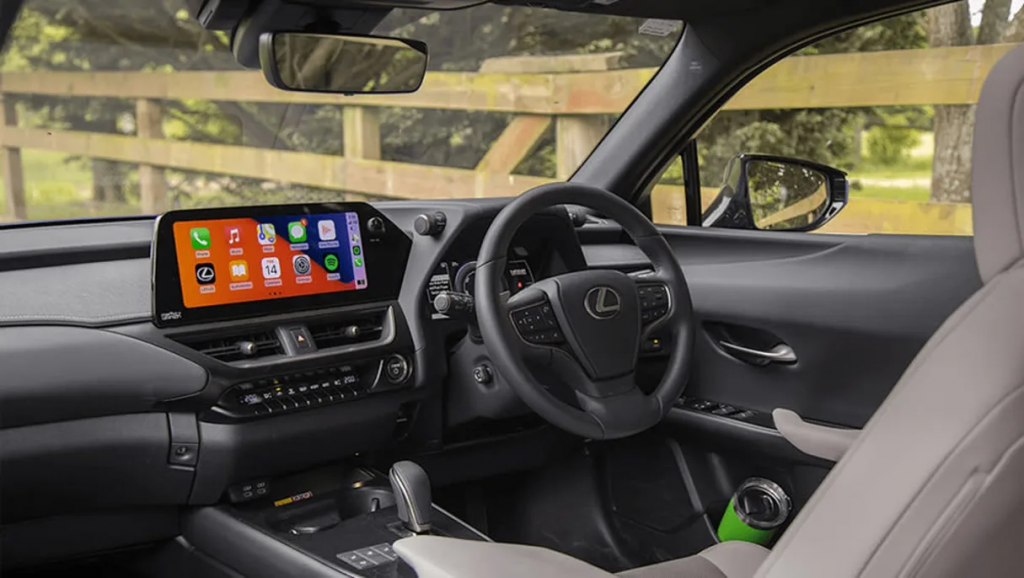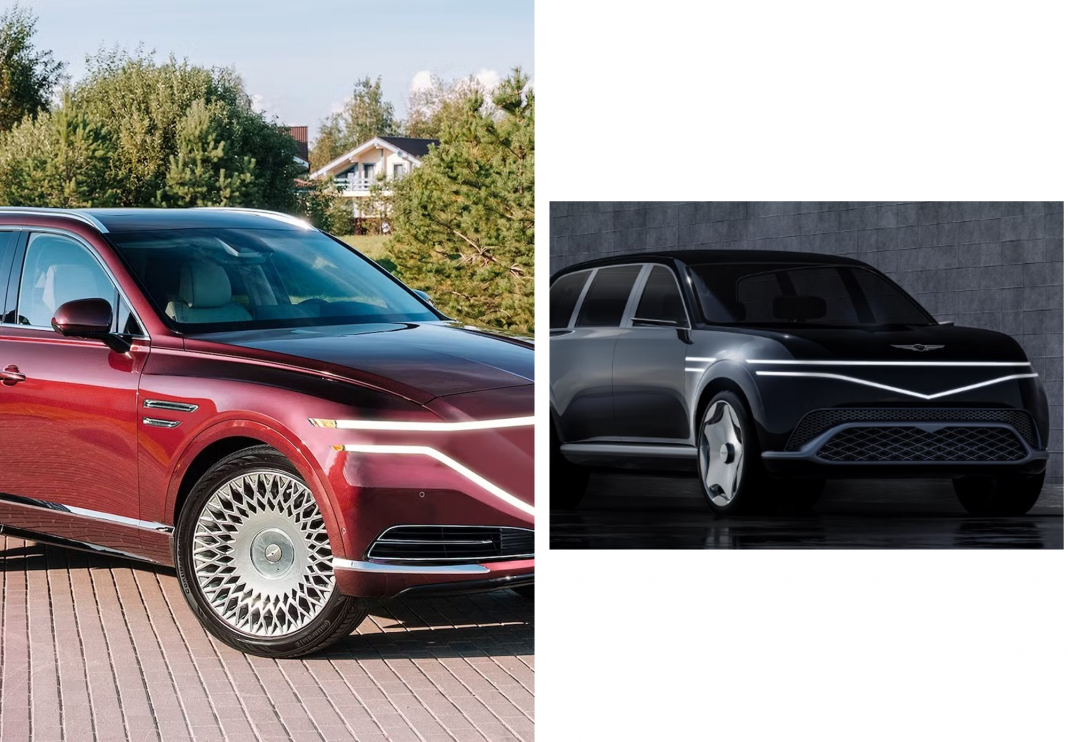In a strategic reshuffle of its electrified portfolio, Lexus has announced the discontinuation of the UX300e in Australia, effectively ending the run of its most affordable all-electric vehicle in the market. The compact crossover, which marked Lexus’s first foray into full electrification, will no longer be available due to production constraints. The move clears the stage for the larger, more premium Lexus RZ to take over as the brand’s sole EV offering.
A quiet farewell to a pioneering EV
Launched globally in 2019 and arriving in Australian showrooms by 2021, the Lexus UX300e was a milestone vehicle—both for the brand and the local market. As Lexus’s first fully electric model, the UX300e carried the prestige and build quality of the Lexus badge into a growing EV segment dominated by European and American players.

Initially equipped with a 54.4kWh battery, the UX300e received a significant update in 2023, increasing its battery size to 72.8kWh and boosting its WLTP-tested range to 415 kilometers. Its powertrain featured a front-mounted electric motor generating 150kW and 300Nm of torque, making it a practical, refined, and eco-conscious option for urban and suburban drivers alike.
Despite these improvements, the model struggled to gain significant traction in the competitive Australian market. Sales figures in 2024 showed just 92 units delivered—representing only 10 percent of total UX sales, a modest figure when compared to the broader EV market. In contrast, the Tesla Model Y, the country’s top-selling EV in 2023, moved more than 21,000 units.
Production limits and strategic priorities
Lexus attributed the discontinuation of the UX300e to global supply chain and production limitations. “The UX 300e will no longer be available in Australia due to production restrictions on selected parts,” a Lexus Australia spokesperson confirmed.
The spokesperson also emphasized that the brand’s electrification journey is far from over: “Lexus Australia remains committed to electrification, with close to 80 percent of deliveries so far this year being with an electrified powertrain.”

Indeed, Lexus has steadily expanded its range of electrified vehicles. The RX lineup now includes a plug-in hybrid variant, and attention has shifted to bolstering the RZ series, which is built on a dedicated EV platform and designed from the ground up for electric performance and efficiency.
From UX to RZ: A strategic evolution
While the UX300e was based on the TNGA-C platform—originally designed for combustion engines—the RZ marks a new era of Lexus EVs. Built on Toyota’s dedicated e-TNGA platform (shared with the Toyota bZ4X and Subaru Solterra), the RZ offers greater flexibility, enhanced driving dynamics, and superior range management.

Currently the only fully electric Lexus on sale in Australia, the RZ is set to receive a major update in 2025. The refreshed lineup will include the RZ550e F Sport, a high-performance flagship designed to appeal to drivers looking for both luxury and excitement in an electric package. Early reactions to the RZ have been promising, with 215 units delivered in Australia so far in 2024—more than double the UX300e’s total for the year.
With the RZ’s more modern underpinnings, roomier dimensions, and enhanced performance credentials, it makes sense for Lexus to consolidate its EV offerings around a platform better suited to future innovations and consumer expectations.
A reflection of market realities
The decision to axe the UX300e also reflects broader shifts in consumer preferences and market conditions. Australian EV buyers are increasingly looking for vehicles that offer not only sustainable motoring, but also the range, versatility, and advanced tech features expected in premium vehicles.
Though the UX300e was offered in two well-appointed trims—Luxury and Sports Luxury, priced from AUD $80,720 and $88,190 before on-road costs—it was often criticized for lacking the design freedom and performance edge of dedicated EVs. By contrast, the RZ’s purpose-built architecture allows for a more spacious cabin, better weight distribution, and improved efficiency. While the UX300e served its purpose as a transitional EV, introducing Lexus fans to battery-electric driving, it ultimately became a stepping stone toward a more focused and competitive electric future.
Lexus and electrification
With the UX300e’s retirement, Lexus Australia is narrowing its electric focus but sharpening its strategy. The brand’s electrification push continues to lean heavily on hybrid and plug-in hybrid models, with battery electric vehicles positioned at the premium end of the market. Lexus’s parent company, Toyota, has pledged significant investment in EV development, including solid-state batteries and next-generation platforms. As these technologies mature, the Lexus badge is expected to evolve into a full-spectrum luxury electric brand.
In the meantime, the RZ will carry the torch—symbolizing not only Lexus’s next chapter in Australia but also its commitment to delivering performance, refinement, and sustainability in a fast-changing automotive landscape.
The departure of the UX300e marks the end of a pioneering chapter for Lexus in Australia—but with the RZ stepping in, the brand’s electric ambitions are far from over. As Lexus refines its offerings for a more sophisticated EV market, it’s clear the best is yet to come.






